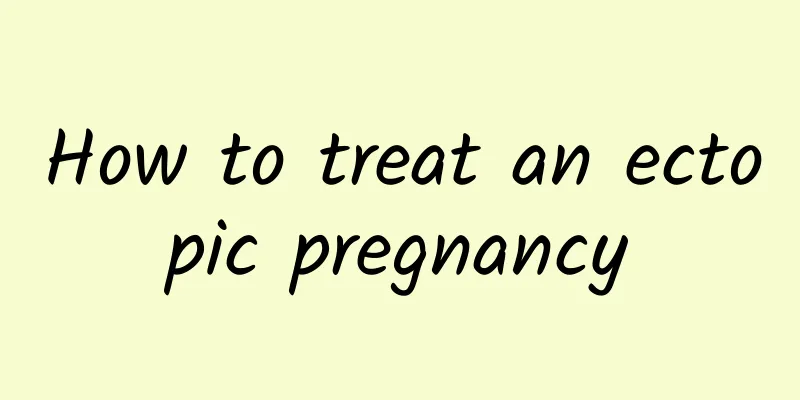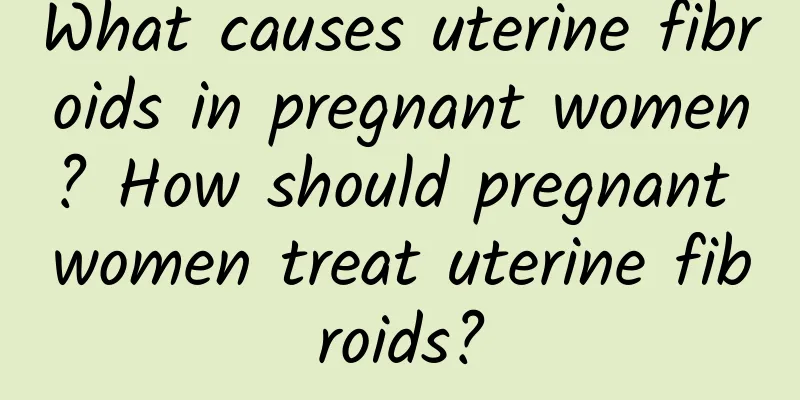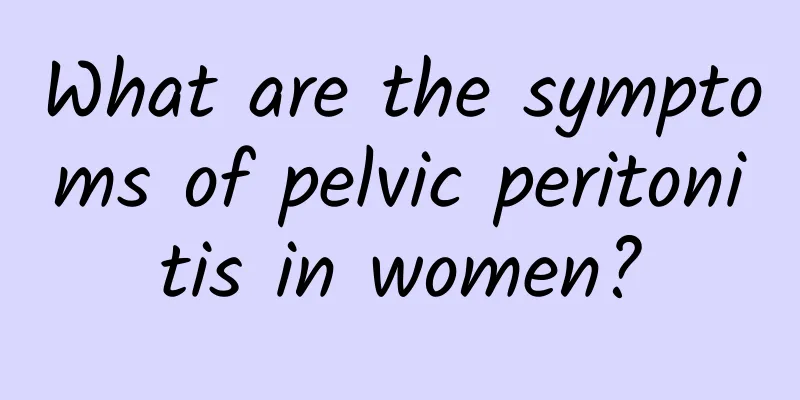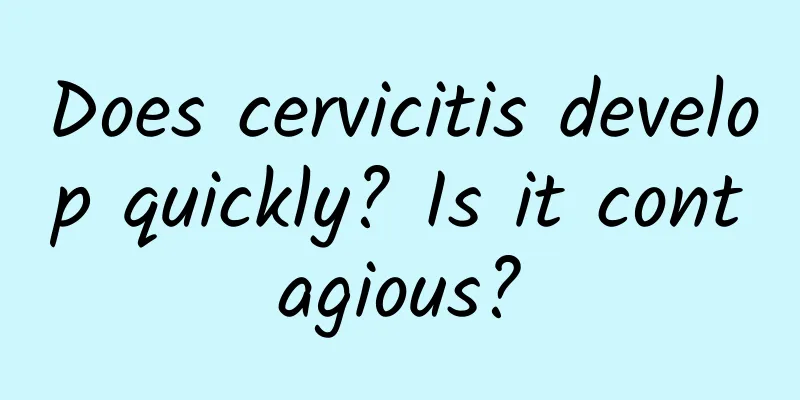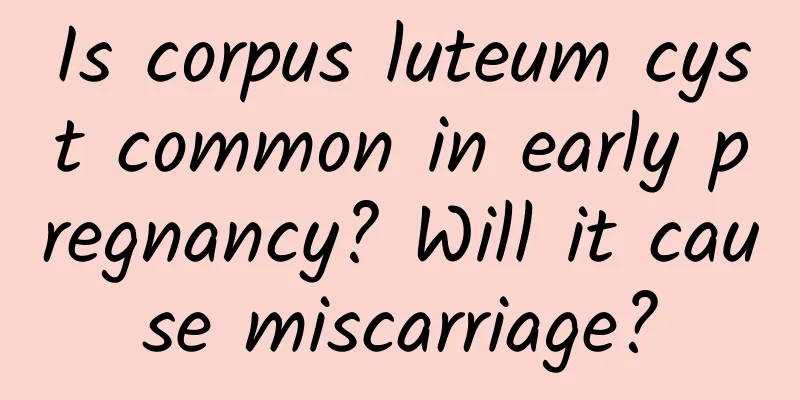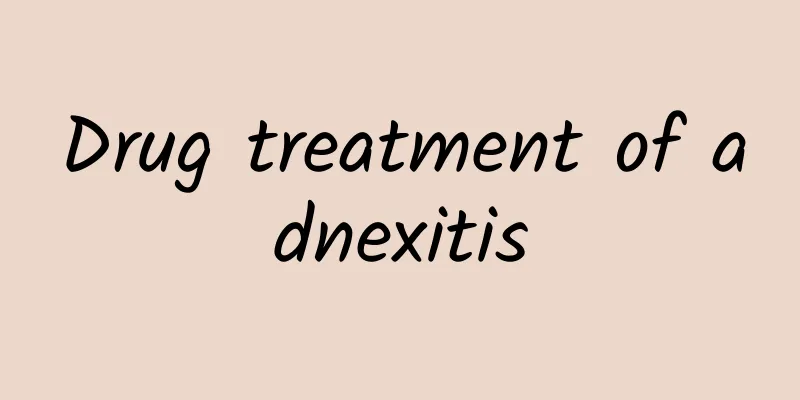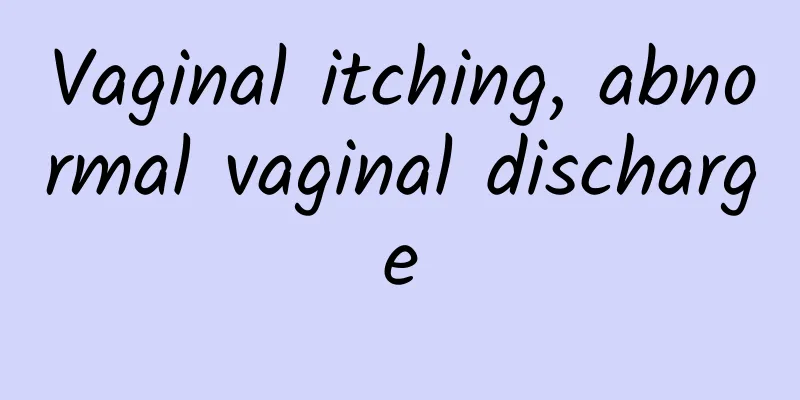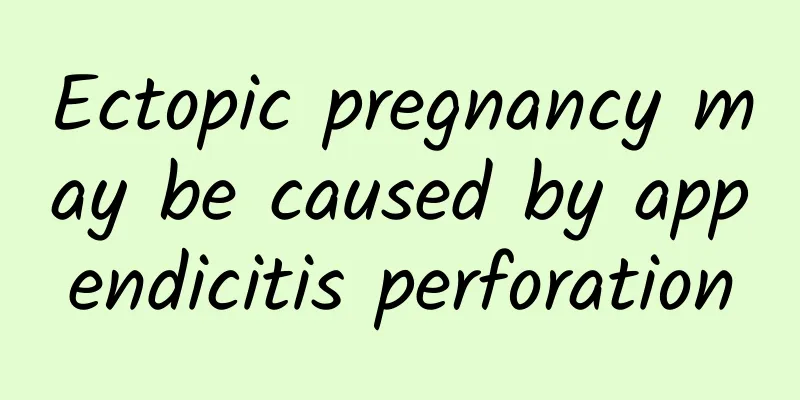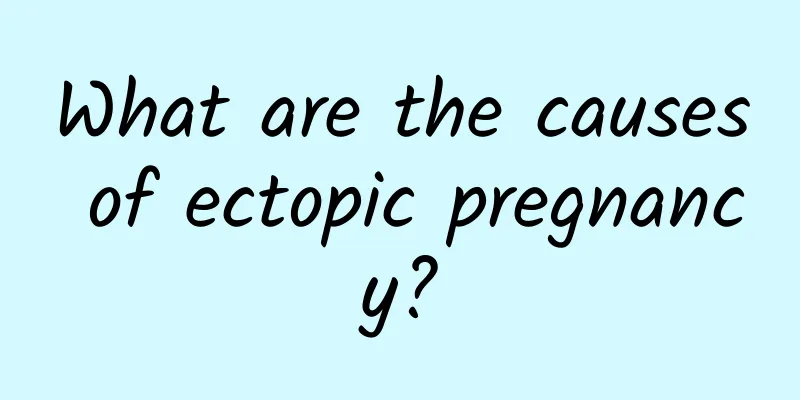How to treat polycystic ovary?
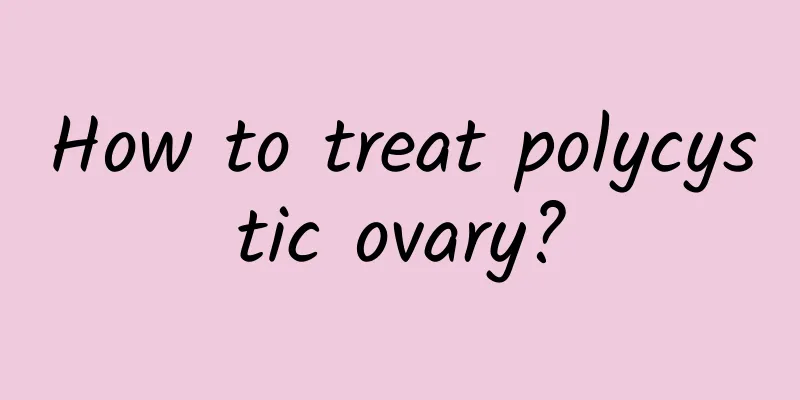
|
Polycystic ovarian disease can be unilateral or bilateral. If it is bilateral, it is more serious. It is difficult to treat women with polycystic ovarian disease. It can only alleviate the condition and affect their future fertility. Polycystic changes in both ovaries are indeed painful for women. No matter what the final treatment result will be, patients must actively cooperate with the doctor's treatment. The following editor will tell you what to do if polycystic changes in both ovaries are present. Bilateral polycystic ovary syndrome is a common endocrine disorder in women of childbearing age, with the onset age mostly between 20 and 40 years old. Many women are unable to get pregnant due to bilateral polycystic ovaries. Therefore, early detection of symptoms and early diagnosis and treatment are key. Early treatment is the key to treating PCOS. Here is a reminder that the earlier the treatment, the better the effect. If you wait until you are infertile after marriage to go to the hospital for treatment, it will cause greater mental trauma to the patient. Regardless of whether you have fertility requirements or not, once PCOS is diagnosed, you should be treated immediately to avoid irreparable regrets. More importantly, you should go to a regular hospital to find a professional doctor. Don't believe the misleading propaganda of those black clinics and small hospitals in society that claim to cure all diseases, so as not to delay the treatment and cause lifelong regrets for the patient. You should be aware of the changes in your body and be alert to the early "signals" of PCOS, so as not to give the disease a chance to spread. If you find irregular menstruation, scanty menstruation, even amenorrhea, androgenic and hirsutism, or obesity, you should consider the possibility of PCOS and go to the hospital for a check-up in time. General treatment: Patients should actively exercise, reduce the intake of high-fat and high-sugar foods, and lose weight. This can reduce androgen levels and help restore ovulation. Drug treatment: Drug treatment can counteract the effects of androgens and promote ovarian ovulation. The drugs used are mainly oral, and the drugs can also adjust the menstrual cycle. Generally, it takes about 3-6 months, and you can stop taking the medicine after the hormone level is tested to normal. Once the disease of polycystic changes in both ovaries is discovered, it must be treated immediately, otherwise it will have a great impact on the patient. Currently, it is mainly treated with medication, and surgical treatment is also used when necessary. The effect is indeed quite obvious. If the treatment is late, the patient is likely to become infertile and affect his or her life. |
<<: What does bilateral polycystic ovary mean?
>>: Causes of bilateral ovarian polycystic changes
Recommend
What are the symptoms of multiple uterine fibroids? What are multiple uterine fibroids like?
The symptoms of multiple uterine fibroids in the ...
Zheng Duoyan's dumbbell exercise 3 moves to get rid of butterfly sleeves
With spring approaching, throw away your heavy cl...
How many days after medical abortion can you go out? How can you promote recovery after medical abortion?
Many young people may choose medical abortion aft...
[Video version] It’s easier to gain weight as you get older! Increase your basal metabolic rate with these 5 foods
Many people should be familiar with the term &quo...
People with stomach problems are prone to metabolic syndrome. Here are the 5 major risk factors! Nutritionist: These tests make visceral fat invisible
People with abdominal problems should pay attenti...
HOLD for 30 seconds! Yoga ball for flat stomach
Postpartum mothers watch their bellies getting bi...
People with high body fat, "puff tribe", beware of the new three highs
Are you a "puff person" with high body ...
What are the causes of menstrual disorders?
What are the causes of menstrual disorders? Due t...
Animal study: Celery extract turns obese cells into brown fat
The application scope of regenerative medicine st...
Metabolic weight loss surgery saves severe obesity! Four key points of the new international guidelines are released
According to a 2016 study by the British medical ...
What are the treatments for chocolate ovarian cysts?
Many women suffer from infertility, which is main...
How many courses of treatment are needed for endometrial tuberculosis?
I believe that many women have gynecological dise...
Losing weight by eating vegetarian food is not difficult! 4 tips to change the way you cook
Is it easier to lose weight by eating vegetarian ...
What are the dangers of painless abortion
In recent years, more and more women have undergo...
What should you pay attention to during your first abortion?
What should you pay attention to during your firs...
